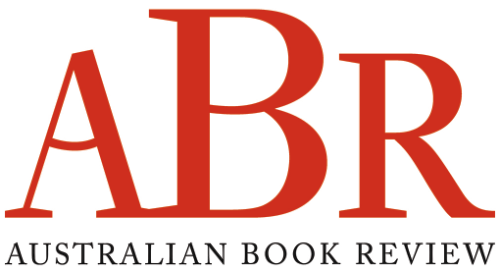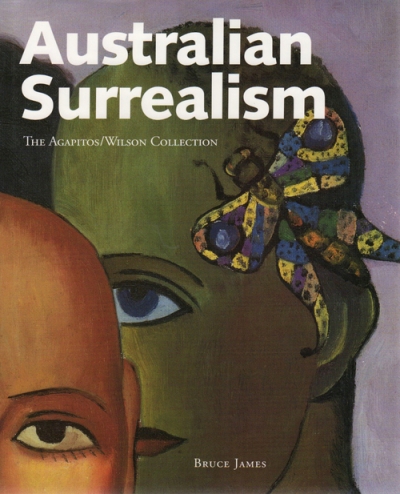When the shiny new word ‘Surrealism’ was first minted, it was easy to find a shower of retrospective applications for it. The congested canvases of Hieronymus Bosch, for one, still spring to mind, though we need retrace our steps no further than that cauldron of economic and philosophical instability – the period between the two world wars – to pinpoint its official beginnings. In 1917, one year before a combat wound despatched him, Guillaume Apollinaire used the term to describe the ‘unleashing of zany creativity’ in the ballet Parade.
There were many players. Some were unsuspecting recruits; others signed up with alacrity. One of the former was Sigmund Freud, whose exploration of the subconscious mind and how it underwrote the inclinations of humanity at large gave a boost to those painters whose strange conjunctions of imagery had been prompted by free association and a dragging of the subconscious seabed to snare the detritus of dreams and nightmares.
...
(read more)


